In-Depth Case Study: Emirates Flight 419 Incident - Safety Analysis
VerifiedAdded on 2023/03/30
|12
|485
|255
Case Study
AI Summary
This case study examines the Emirates Flight 419 incident that occurred on March 22, 2007, involving a Boeing 777 with 357 passengers and crew at Auckland Airport. The incident arose from miscommunication and overlooked information regarding a temporary reduction in runway length, compounded by pilot error and controller oversights. External factors included a rubber removal truck obstructing the runway and the limited runway length, while internal factors involved the crew's failure to diligently check updated ATIS and NOTAM information. The analysis highlights the importance of clear communication, adherence to standard procedures, and thorough verification of critical information by both pilots and controllers to prevent similar incidents. The study concludes by emphasizing the need for improved ATIS effectiveness and continuous reinforcement of safety protocols within the aviation industry. Desklib provides access to similar solved assignments and past papers for further learning.
1 out of 12
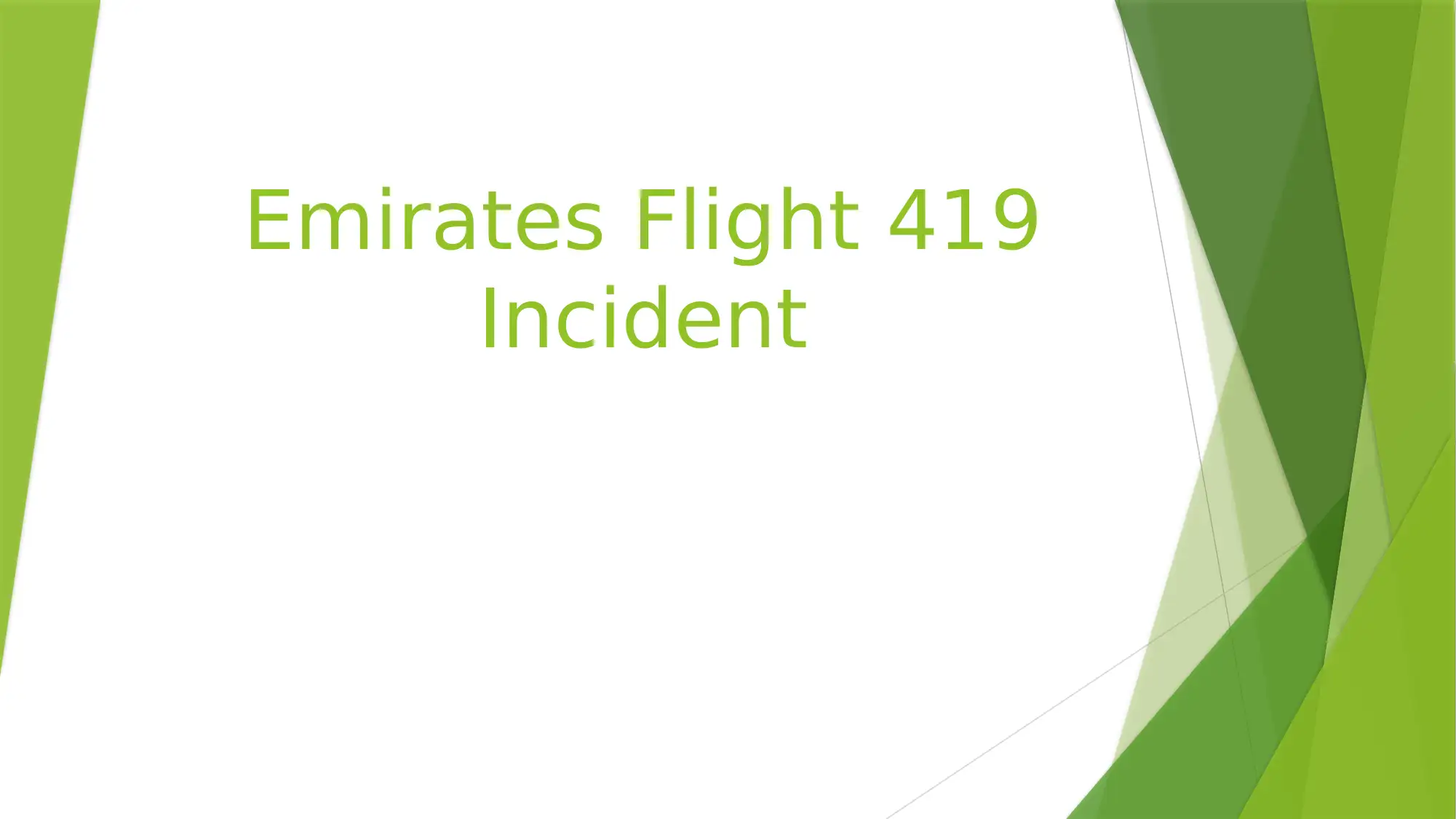
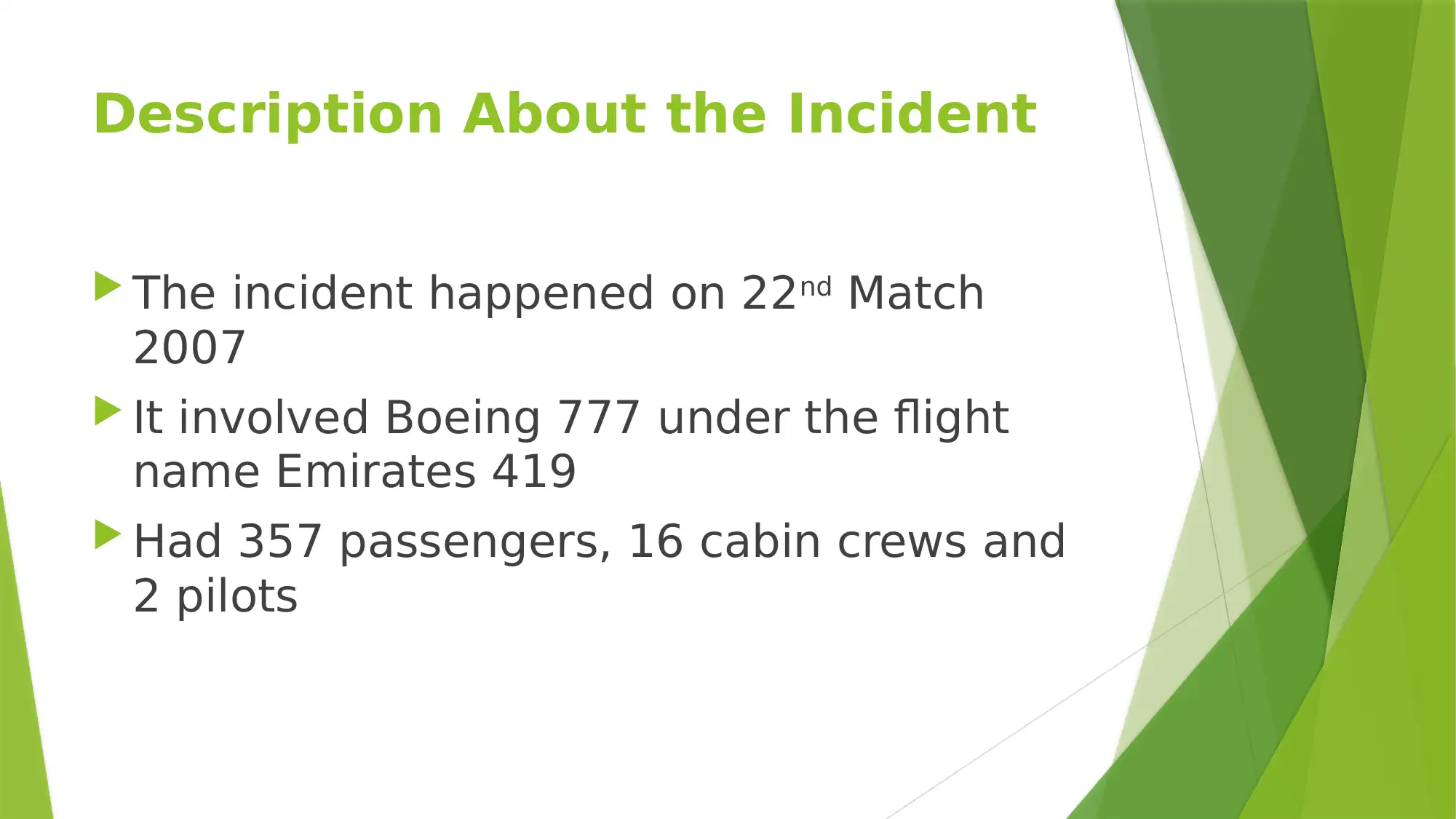
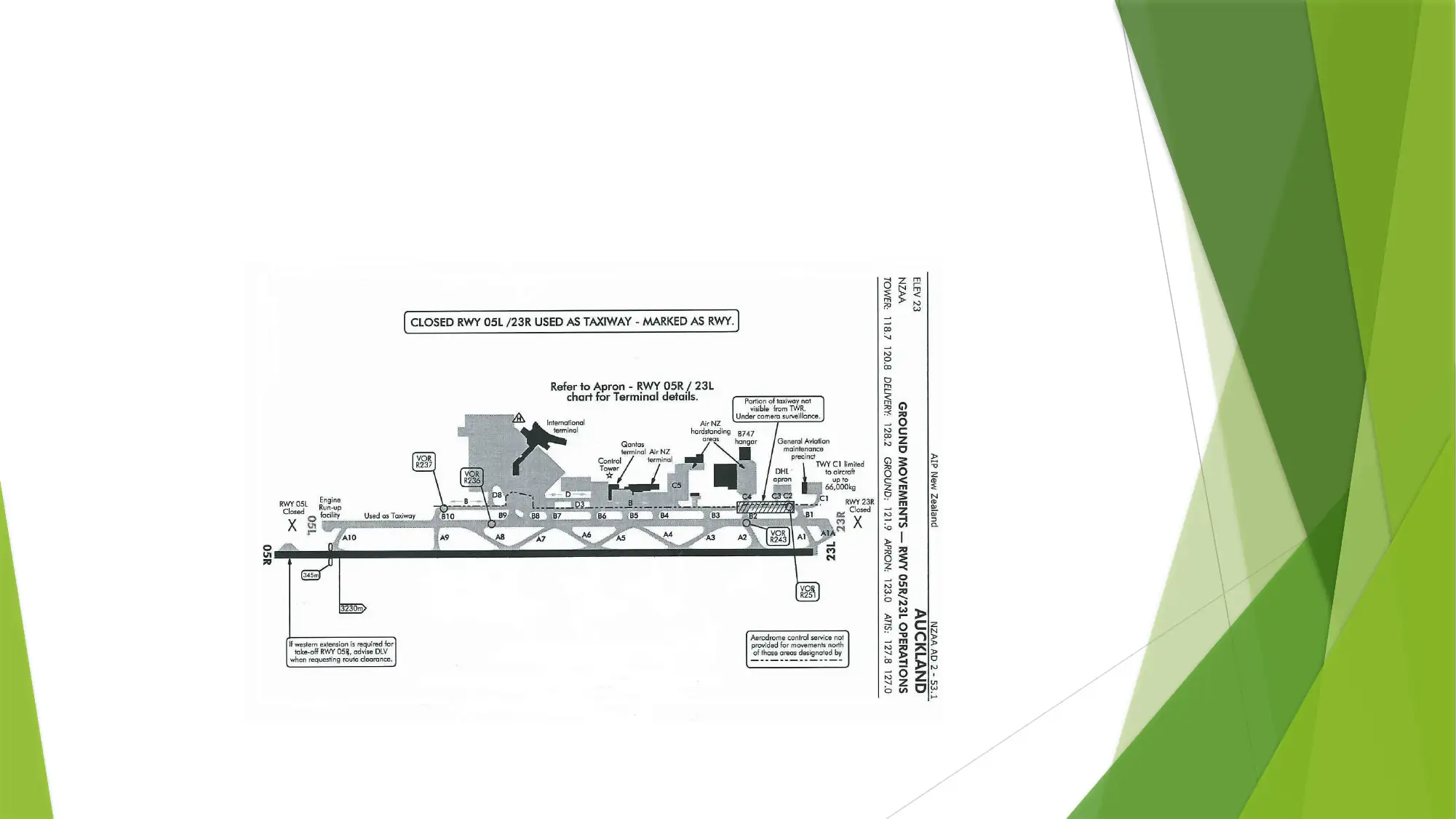

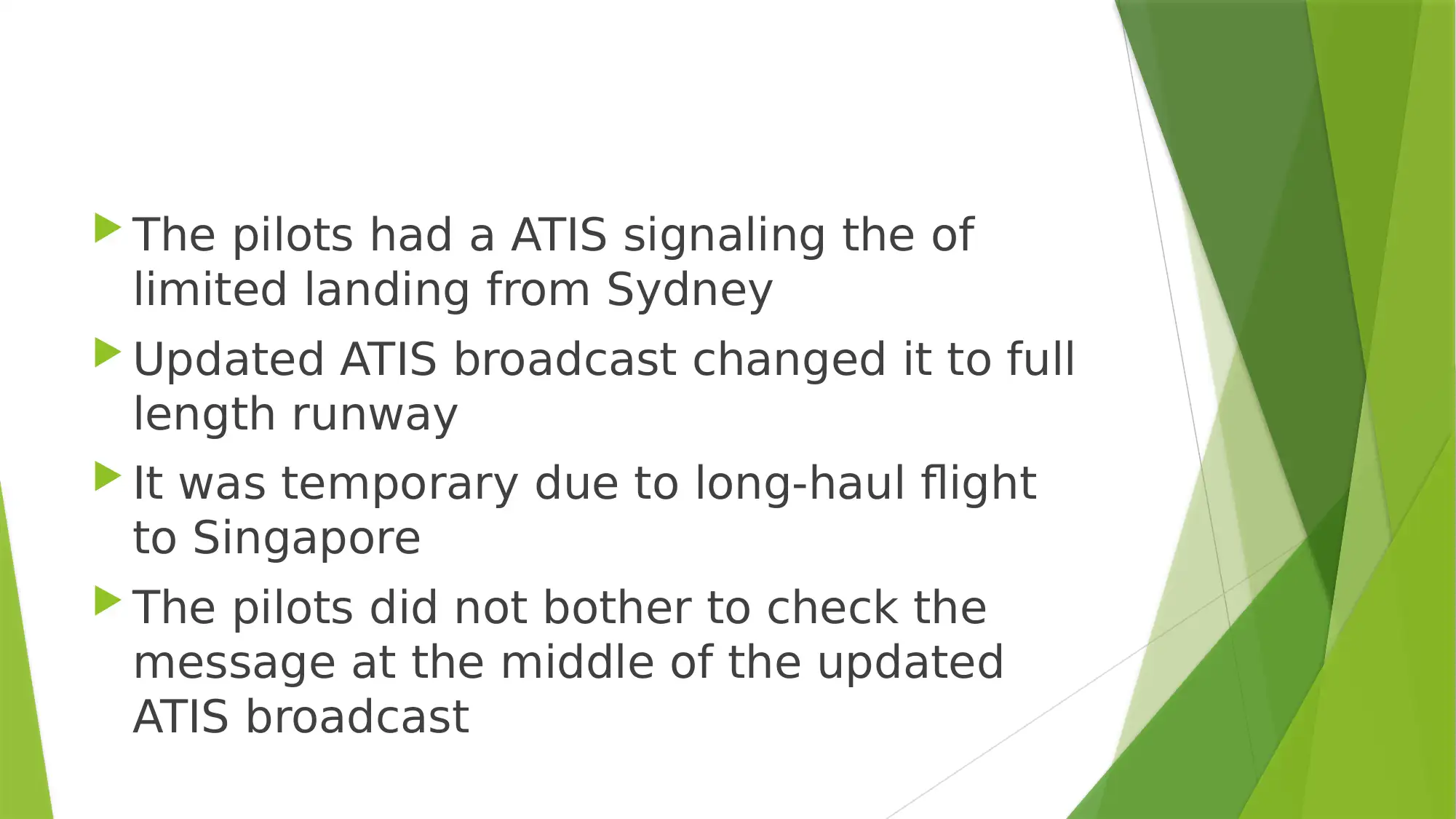
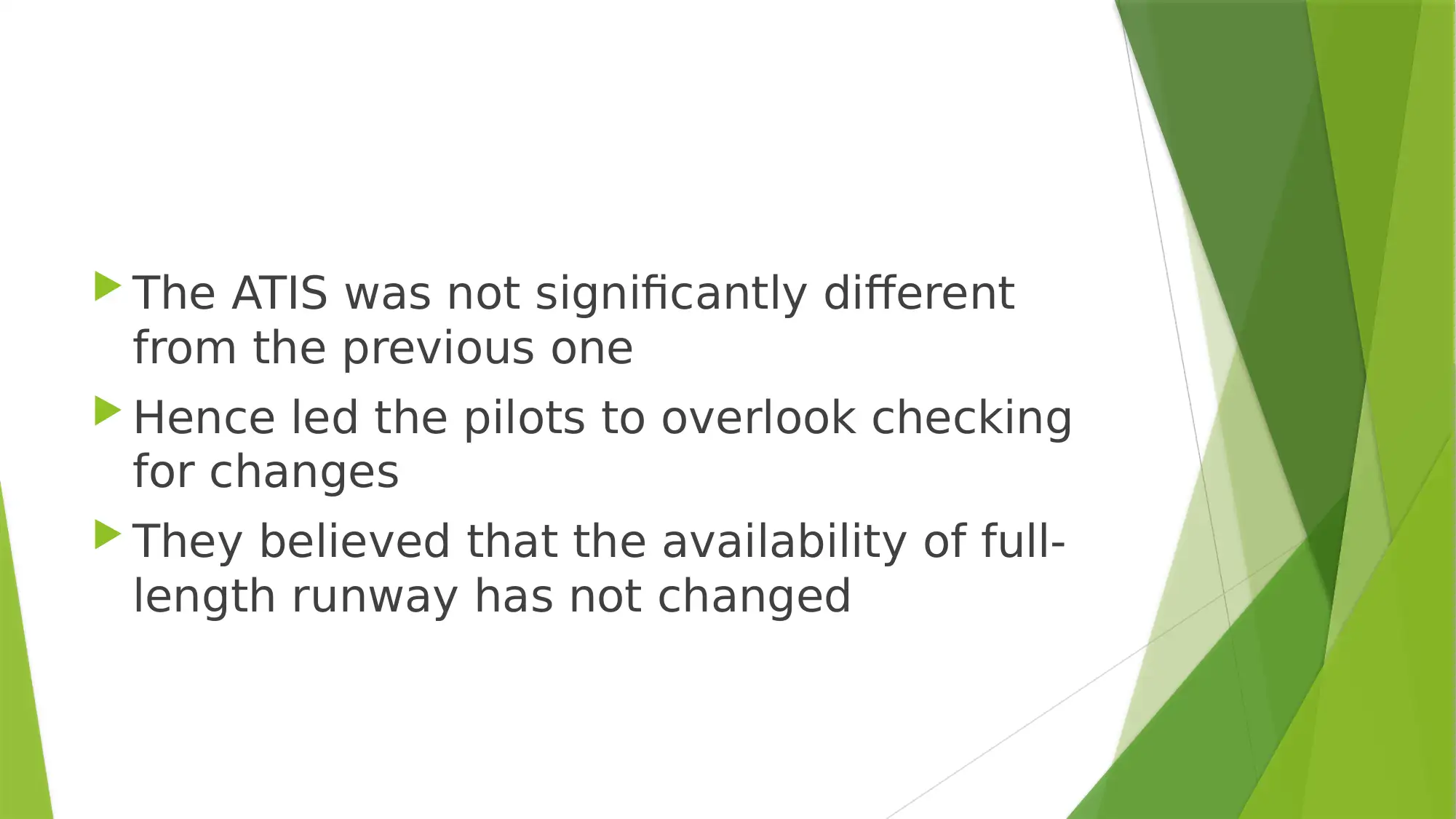
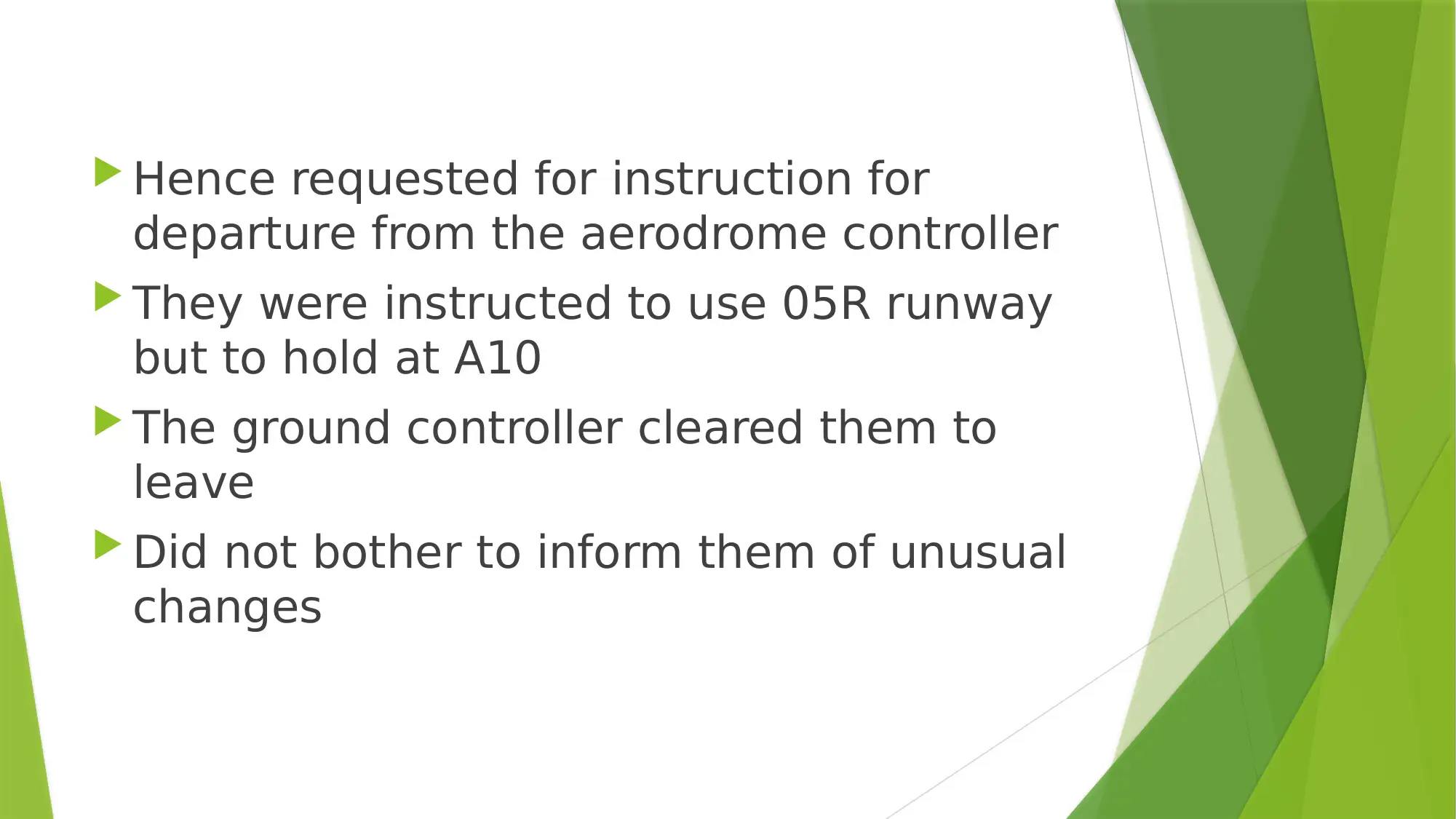
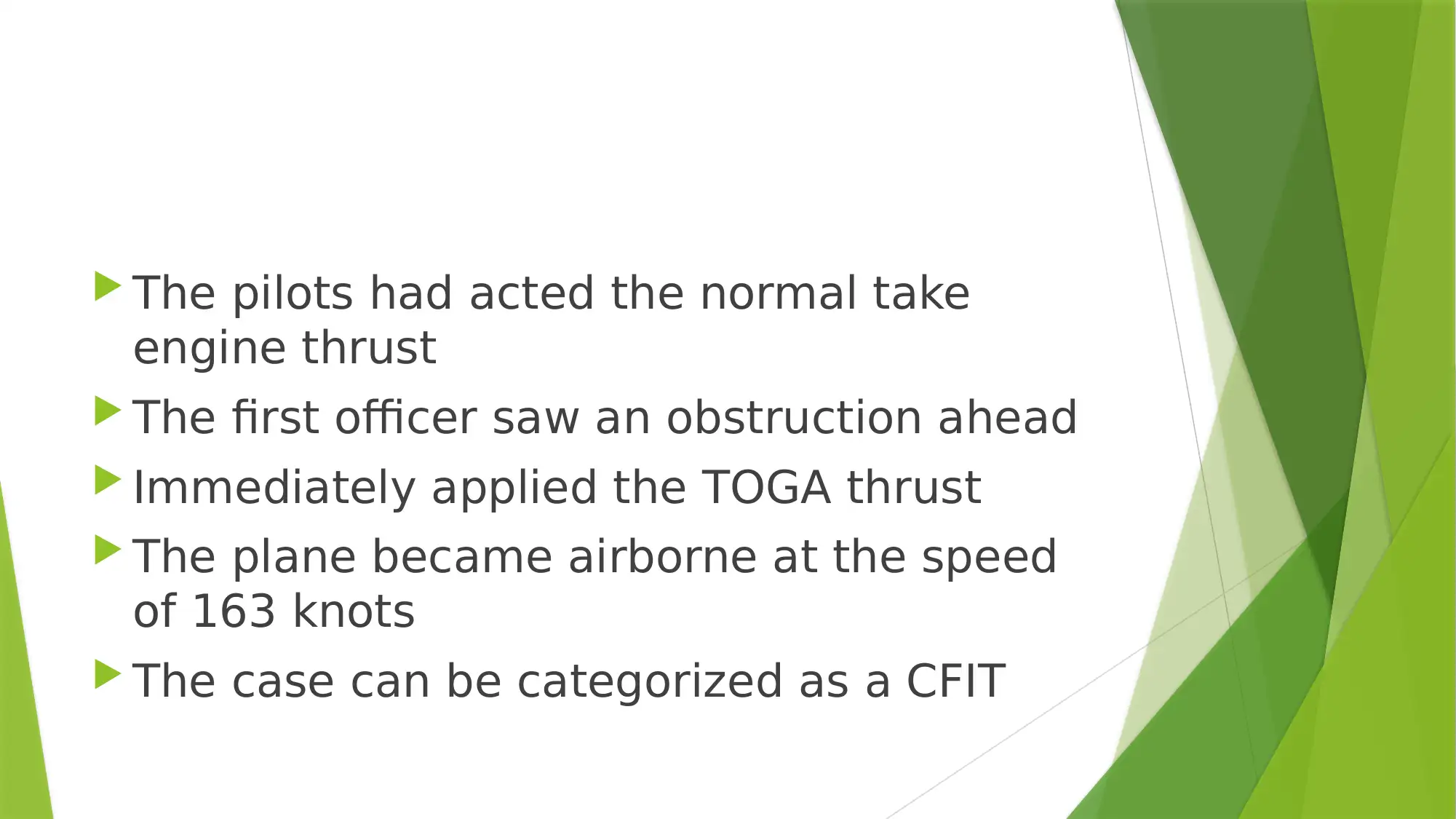

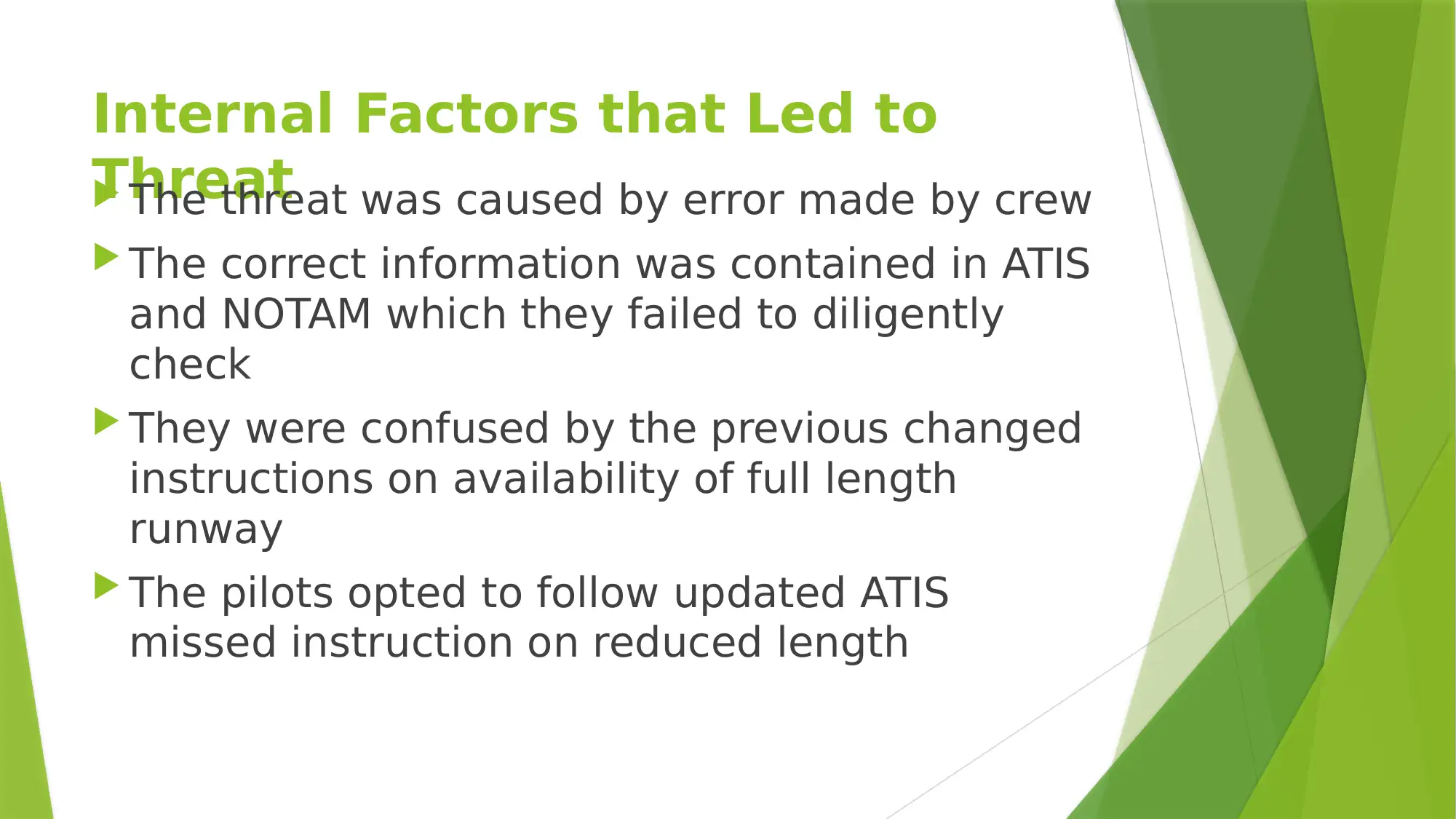
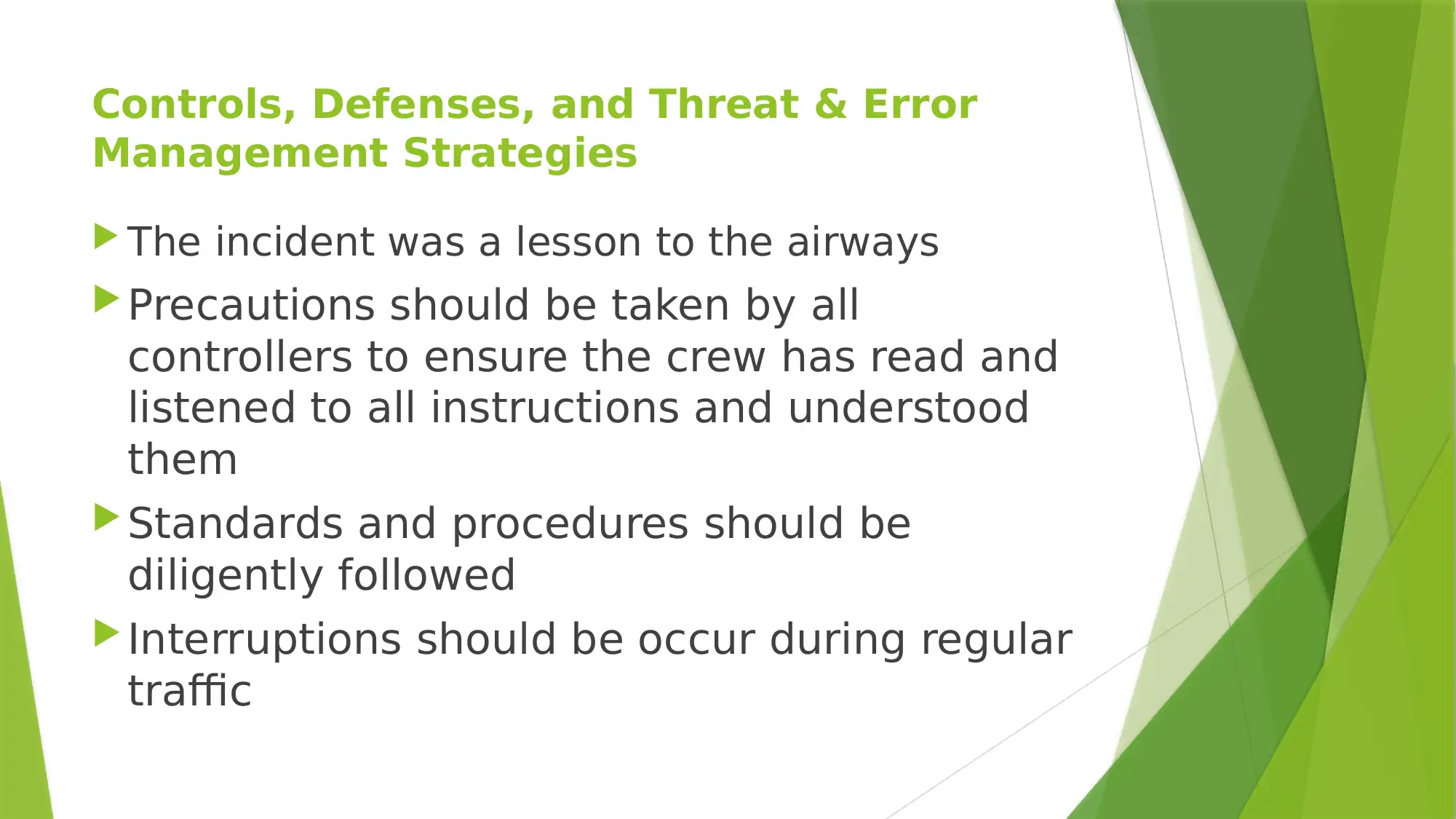
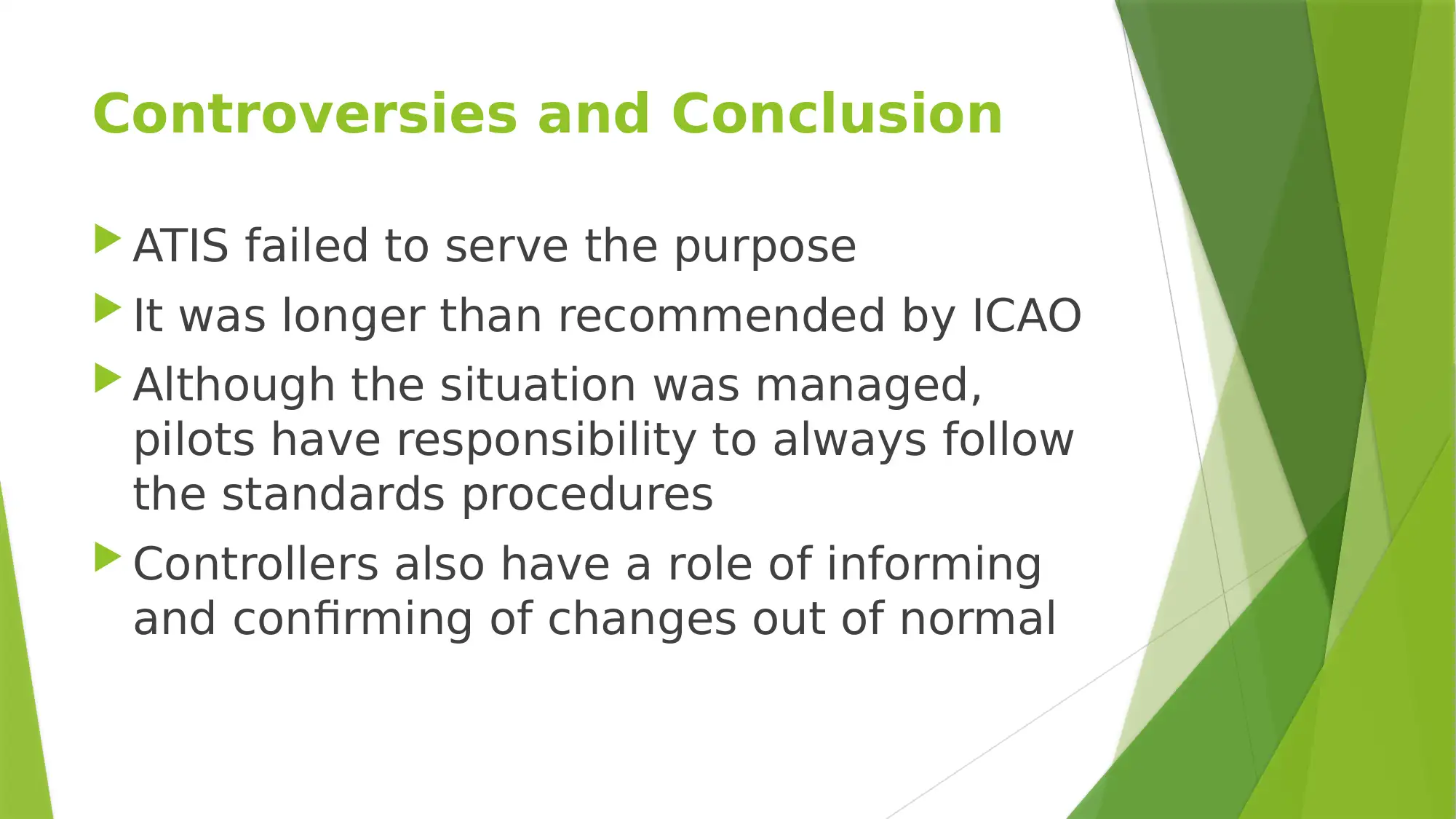
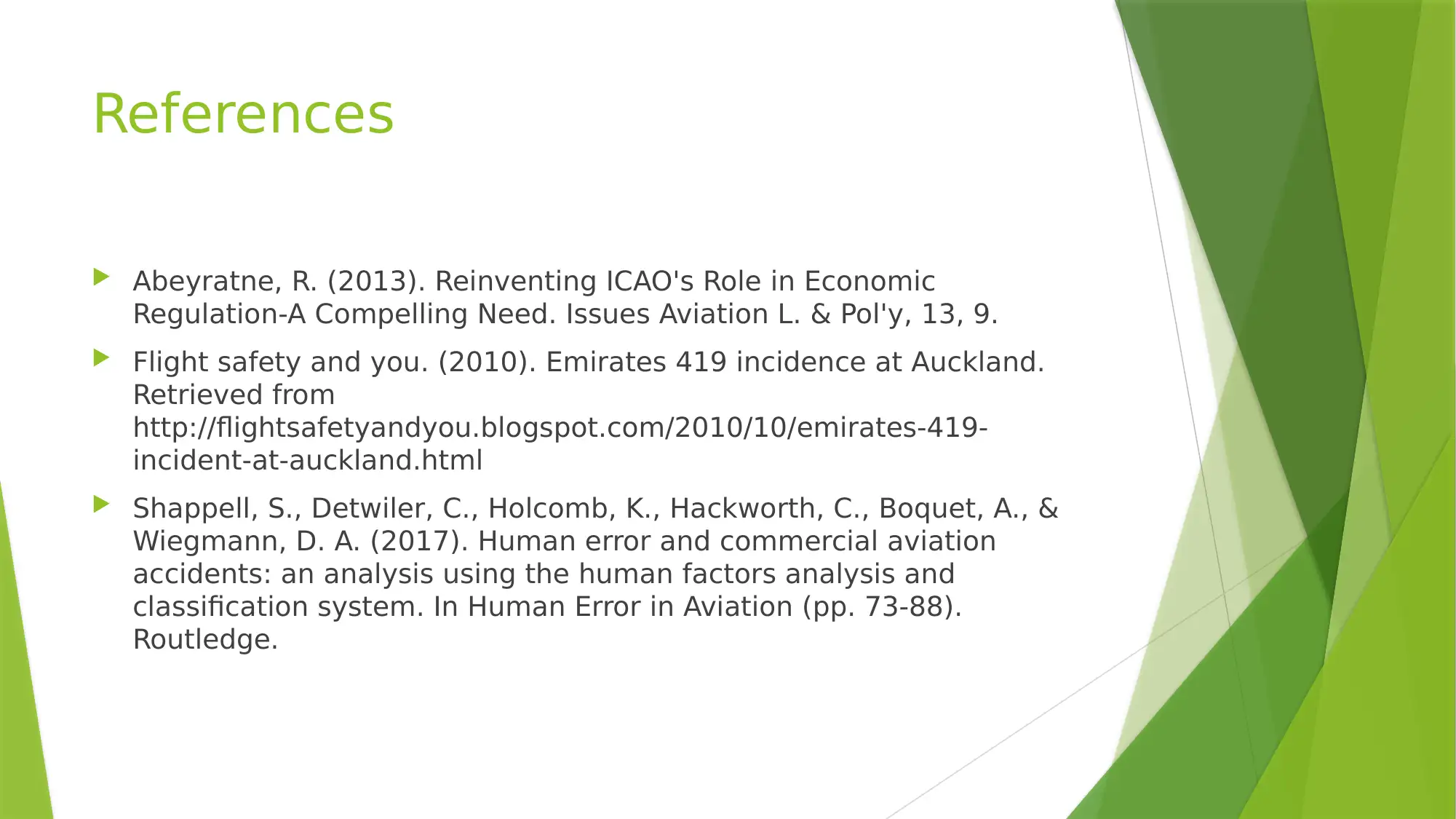
![[object Object]](/_next/static/media/star-bottom.7253800d.svg)